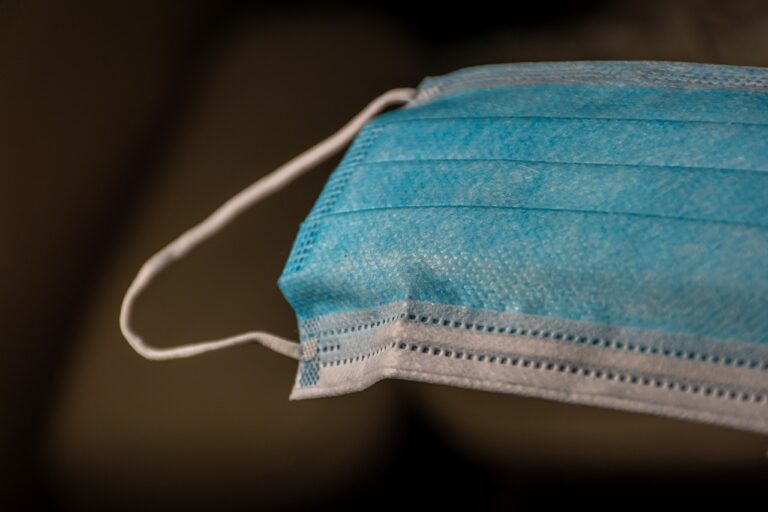The Impact of Health Tech on Healthcare Equity: Addressing Disparities
Health technology plays a vital role in improving access to healthcare by breaking down barriers that underserved communities often face. Through telemedicine and mobile health apps, individuals can connect with healthcare providers remotely, overcoming geographical constraints. This is especially beneficial for those living in rural or isolated areas where accessing traditional healthcare services may be challenging.
Additionally, health tech solutions enable better management of chronic conditions through remote monitoring and personalized care plans. Patients can track their health data, receive real-time feedback, and access educational resources to empower themselves in managing their health. Ultimately, integrating technology into healthcare services can lead to more efficient and equitable healthcare delivery for all individuals, regardless of their location or socioeconomic status.
Challenges Faced by Underserved Communities in Accessing Healthcare
Underserved communities often encounter significant barriers when trying to access healthcare services. One of the main challenges is the lack of health facilities located in close proximity to residents in these areas. This distance can make it difficult for individuals to seek timely medical attention, leading to delays in diagnosis and treatment.
In addition, financial constraints can present a major hurdle for many individuals in underserved communities. High healthcare costs, lack of insurance coverage, and limited access to affordable care options can prevent people from seeking the medical help they need. As a result, preventive care may be neglected, leading to more severe health issues down the line.
Limited access to health facilities in close proximity
Difficulty in seeking timely medical attention
Financial constraints such as high healthcare costs and lack of insurance coverage
Neglect of preventive care due to limited access to affordable options
How Health Tech Can Bridge the Gap in Healthcare Disparities
In today’s rapidly evolving healthcare landscape, technology plays a pivotal role in improving access to care for underserved communities. By harnessing the power of health tech solutions, barriers such as geographic distance and limited resources can be overcome. Telemedicine, for instance, allows patients to connect with healthcare providers remotely, eliminating the need for physical travel and facilitating timely medical consultations.
Moreover, health tech innovations like mobile applications and wearable devices enable individuals to monitor their health proactively. This not only empowers patients to take charge of their well-being but also allows healthcare professionals to deliver personalized care efficiently. In essence, by leveraging technology, healthcare disparities can be narrowed, ensuring that everyone has equal opportunities to access quality healthcare services.
What is the role of health tech in improving access to healthcare?
Health tech plays a crucial role in improving access to healthcare by providing tools and resources that make healthcare more convenient and accessible, especially for underserved communities.
What are some of the challenges faced by underserved communities in accessing healthcare?
Underserved communities often face barriers such as lack of transportation, limited financial resources, language barriers, and limited access to healthcare facilities in their area.
How can health tech bridge the gap in healthcare disparities?
Health tech can bridge the gap in healthcare disparities by offering telemedicine services, mobile health apps, remote monitoring devices, and other innovative solutions that make healthcare more accessible and affordable for underserved communities.







